You've no doubt heard a lot about the health benefits of fasting, and maybe you've even given it a try. Of course, it's not always easy to go without food for most of the day or, if you're a hardcore faster, a whole day or more -- many claim 3 days is the sweet spot.
Inno Supps Inno Fast – Fasting Doesn't Have to be Difficult
Inno Fast is a nifty supplement formula containing ingredients that can be divided into two categories. First are those that amplify the benefits of fasting – niacin, hoodia, and spermidine. The second category are ingredients that help make fasting easier.
And then there's Chromax, the trademarked form of chromium picolinate from Nutrition21 that belongs in both categories. It's most often used to enhance insulin sensitivity, which is one of fasting's main benefits, but higher doses may also provide appetite suppression benefits!
Chromax inside - but stimulants are optional
Inno Fast also comes in an optional Energized version which includes 170 milligrams of natural caffeine
Let's get into how Inno Fast can help you achieve your fasting goals. But first, check the PricePlow news and deals:
Inno Supps Inno Fast – Deals and Price Drop Alerts
Get Price Alerts
No spam, no scams.
Disclosure: PricePlow relies on pricing from stores with which we have a business relationship. We work hard to keep pricing current, but you may find a better offer.
Posts are sponsored in part by the retailers and/or brands listed on this page.
This area is reserved for Team PricePlow's upcoming videos.
Subscribe to our channel and sign up for notifications so you catch it when it goes live!
Inno Supps Inno Fast Ingredients
In a single 2-capsule serving of Fast from Inno Supps, you get the following:
-
Niacin (as Niacinamide) – 50 mg (313%)
This is the non-energized Inno Supps Inno Fast Ingredient Label. The next image will be of the Energized version.
Niacin (vitamin B3) is a precursor for nicotinamide adenine dinucleotide (NAD+).[1-3] Here, we have niacinamide (originally scientifically known as nicotinamide), which is considered the "flush-free" type of niacin (since high doses of nicotinic acid lead to a flushing effect).
An enormous number of metabolic processes depend on healthy NAD+ levels to work properly, including, perhaps most importantly of all, the electron transport chain that generates adenosine triphosphate (ATP) for all your body's cells.
Niacinamide supplementation has been shown to significantly increase serum NAD+ levels, even after a single dose.[4] That's why it's headlining the Inno Fast formula – one of the key therapeutic benefits of fasting is a rise in NAD+ levels via SIRT1 upregulation.[5] The niacin is here to add to that effect.
The autophagy connection
There's another big connection between NAD+ and fasting – autophagy.
Autophagy is a natural cellular process. Its name comes from a Greek word that literally means "self-eating". Autophagy is a vital mechanism whereby cells programmatically dismantle and replace damaged or dysfunctional cellular components. It plays a crucial role in maintaining cellular health and homeostasis by removing cellular waste, preventing the accumulation of harmful substances, and providing cells with necessary nutrients during times of stress, such as starvation.[6]
The Inno Supps Inno Fast Energized Ingredients - Note the added blend with 170 milligrams of caffeine inside!
If a cell is damaged beyond repair, autophagy can even trigger apoptosis, the programmed death of that cell.[6] This is absolutely crucial for long term health, as deranged cells can cause major problems if they mutate and replicate out of control.
If you've read anything about fasting, you've probably heard that it increases autophagy – and it does. But, as it turns out, there's also a bidirectional relationship between NAD+ and autophagy — autophagy increases NAD+ levels and elevated NAD+ can also trigger autophagy.[7]
In other words, upregulating NAD+ via niacinamide supplementation can trigger one of fasting's most beneficial mechanisms. We'll get into more autophagy with another ingredient -- spermidine -- in Inno Fast as well. So let's move on and get back to that.
Other benefits – metabolic
There are a few other important benefits associated with niacin and higher NAD+. For example, NAD+ plays a key role in liver function and DNA repair.[8-11]
But perhaps most interestingly for someone who's curious about the benefits of fasting, niacin can also increase the expression of adiponectin,[12] a hormone with significant effects on metabolism. Adiponectin can increase insulin sensitivity,[13] and studies have shown that overweight and obese people usually have low circulating levels of adiponectin.[13]
Adiponectin, in turn, upregulates AMP-activated protein kinase (AMPK),[14] a secondary messenger that cranks up cells' calorie burn.
Niacin can also decrease the secretion of inflammatory cytokines from body fat,[12] which is a major benefit since this type of inflammation is closely linked to metabolic dysfunction.[15]
-
Chromax (Chromium as Chromium Picolinate) – 200 mcg (571% DV)
Chromax is a complex of chromium and picolinic acid manufactured by Nutrition21. Chromium picolinate is the form of chromium we always prefer to see used, as studies show it's the most effective[16] and most bioavailable.[17]
Chromium works by amplifying the effects of insulin, leading to more efficient cellular disposal of glucose.[18-20] In other words, chromium can increase insulin sensitivity – and we should all know by now, insulin sensitivity is arguably the most important factor in long-term metabolic health.[21]
Chromium picolinate and body composition
Studies show that a 200-microgram dose of chromium picolinate – the same dose used in Inno Fast – can significantly improve body composition![22]
Studies show that Chromax is effective at reducing appetite, which helps promote weight loss.[23] Image courtesy of Nutrition21.
The study was conducted with 154 participants over the course of 72 days, providing Chromax's chromium picolinate (or placebo) in a carbohydrate-protein drink, with no suggested changes to diet or exercise. At the end of the experiment, the group taking 200 micrograms of chromium picolinate lost 1.4% body fat, while the placebo group only lost 0.3%. They actually gained a bit of lean mass (1.2 pounds) as well![22]
Appetite suppression seen at 600 and 1000 microgram doses
Chromium is also a known appetite suppressant and seems particularly good at decreasing cravings for fatty foods[24] and carbs,[23] but it's worth noting that those two studies were conducted at 1000 and 600 micrograms per day, respectively.
We cover this line of thinking in our article titled "Chromax and Hunger Regulation: The Chromium / Appetite Connection".
Along those same lines, it may even help improve mood, but again, these results were tested at higher doses.[25,26]
Synergistic cardiovascular effects with grape seed extract
One cool thing about chromium in this particular formula is that it's been shown to have synergistic effects with grape seed extract (GSE), which is also present in Inno Fast! A randomized-controlled study published in 2000 found that the combination of GSE and chromium significantly reduced total cholesterol, but only in combination – either supplement alone did not have the same effect.[27]
Learn More: Don't miss out on the benefits of Chromax!
Overall, chromium picolinate is the best-studied and best-performing form of chromium supplementation, and Chromax is the industry standard chromium picolinate ingredient - we love seeing it in formulas like this one.
You can read more about it in our two in-depth articles:
For over 25 years, Chromax chromium picolinate has been improving insulin sensitivity. We argue that it's only gotten better, as dietary deficiencies have gotten worse over this time period.
-
Hoodia (Opuntia milpa) Stem Extract – 200 mg
Hoodia is a cactus that grows in southern Africa. Natives in the region have historically used it to suppress appetite during long hunting expeditions. Modern research backs this up, having identified a steroidal glycoside named P57 as the appetite-suppressive bioactive constituent.[28]
Hypothalamic production of ATP is an important appetite signal – hypocaloric animals produce less ATP in the hypothalamus, and this triggers them to eat more. As it turns out, P57 reverses that ATP deficit, thus preventing the hypothalamus from initiating an urge to eat.[28]
-
Mood Boosting Antioxidants (Grape Seed (Vitis vinifera L.) Extract, Theobromine) – 200 mg
This is a proprietary blend of two ingredients – grape seed extract (GSE) and theobromine.
-
Grape seed extract (GSE)
This is a rich source of proanthocyanidins, polyphenol antioxidants that have been shown to exert antidiabetic, anticancer, antimicrobial, antitumor, immunomodulatory, anti-inflammatory, cardioprotective, and neuroprotective properties.[29]
Chromax has been shown to decrease total caloric intake, which would help promote weight loss! Image courtesy of Nutrition21.
In animal models, GSE has been shown to protect dopaminergic neurons from being damaged or killed by neurotoxins,[30] an effect attributed in part to GSE's ability to fight inflammation in the brain.
Other animal models have found that GSE has an antidepressant effect,[31] and one human study observed significant reductions in perceived stress.[32]
-
Theobromine
As a methylxanthine stimulant closely related to caffeine,[33] theobromine has many of the same effects – including on vigilance and mood.
One study found that a 200-milligram dose of theobromine led to 38% better mood, compared to placebo.[34] We don't have a dose that big in Inno Fast, but that's probably okay because the study found that larger doses of theobromine actually had a less pronounced effect.
-
-
SoWell (Theacrine with 1% Calcium Silicate) – 50 mg
Theacrine is another close chemical cousin to caffeine, and has been shown to help increase mental and physical energy.[35,36] Like caffeine, theacrine has the ability to increase dopamine activity in the nucleus accumbens,[36] thus potentially helping with mood, motivation, and focus.
-
Yuth (Spermidine HCl) – 3 mg
Spermidine is a polyamine, defined as an organic compound having two or more amino groups.
Animal studies on spermidine have demonstrated that it can trigger autophagy —[37] that awesome process of cellular self-renewal that we discussed at the beginning of this article. Your body can endogenously synthesize polyamines like spermidine, but this ability declines with age,[38] which is likely a major factor in the slowing of autophagy as well.
In vitro and in vivo studies alike show that spermidine administration can increase lifespan – we've seen spermidine's autophagic effects in yeast, flies, worms, and even human immune cells.[37]
Polyamines are also found at high concentrations in growing tissues – the new tissues that replace whatever senescent cellular material has been cleared out by autophagy.[39,40]
-
Optional: Accelerated Energy + Fat-Burning Complex
Inno Supps also offers an "Energized" version of Inno Fast, which includes a 196 milligram proprietary blend of:
- Natural Caffeine (170mg)
- Dynamine
- Alpha Yohimbine
While the caffeine number isn't too high, this still may hit hard depending on how much alpha-yohimbine is inside. Alpha-yohimbine is an alpha-2 antagonist that stimulates adrenaline and noradrenaline receptors, leaving quite a punch of energy. It also helps suppress appetite, boost focus, and can speed up weight loss. So while it's intense, it is effective.
Meanwhile, Dynamine (methylliberine) has been shown to increase dopamine levels -- it's structurally similar to caffeine but doesn't lead to tolerance build-up.
We don't know how much is in here, but we're willing to say there's 25 milligrams of Dynamine and 1 milligram of alpha-yohimbine - enough for an added punch of energy, no doubt.
How to use Inno Fast
Per the label: take two capsules daily. It should go without stating... the Energized version shouldn't be taken too close to bed!
Conclusion: A way to Mimic -- or Boost -- Your Fast
The generous doses of niacin, spermidine, and especially Chromax make Inno Fast an awesome contender in the fasting aid category. The bottom line is that Inno Fast should make your next fast easier, and also help you get more out of it.
Aside from that, when you're fasting, make sure you've got your electrolyte game on point -- sodium, potassium, and magnesium are always minerals to keep in proper balance.
Enjoy the fast, and enjoy the energy and mental cognition that comes with it.
Inno Supps Inno Fast – Deals and Price Drop Alerts
Get Price Alerts
No spam, no scams.
Disclosure: PricePlow relies on pricing from stores with which we have a business relationship. We work hard to keep pricing current, but you may find a better offer.
Posts are sponsored in part by the retailers and/or brands listed on this page.
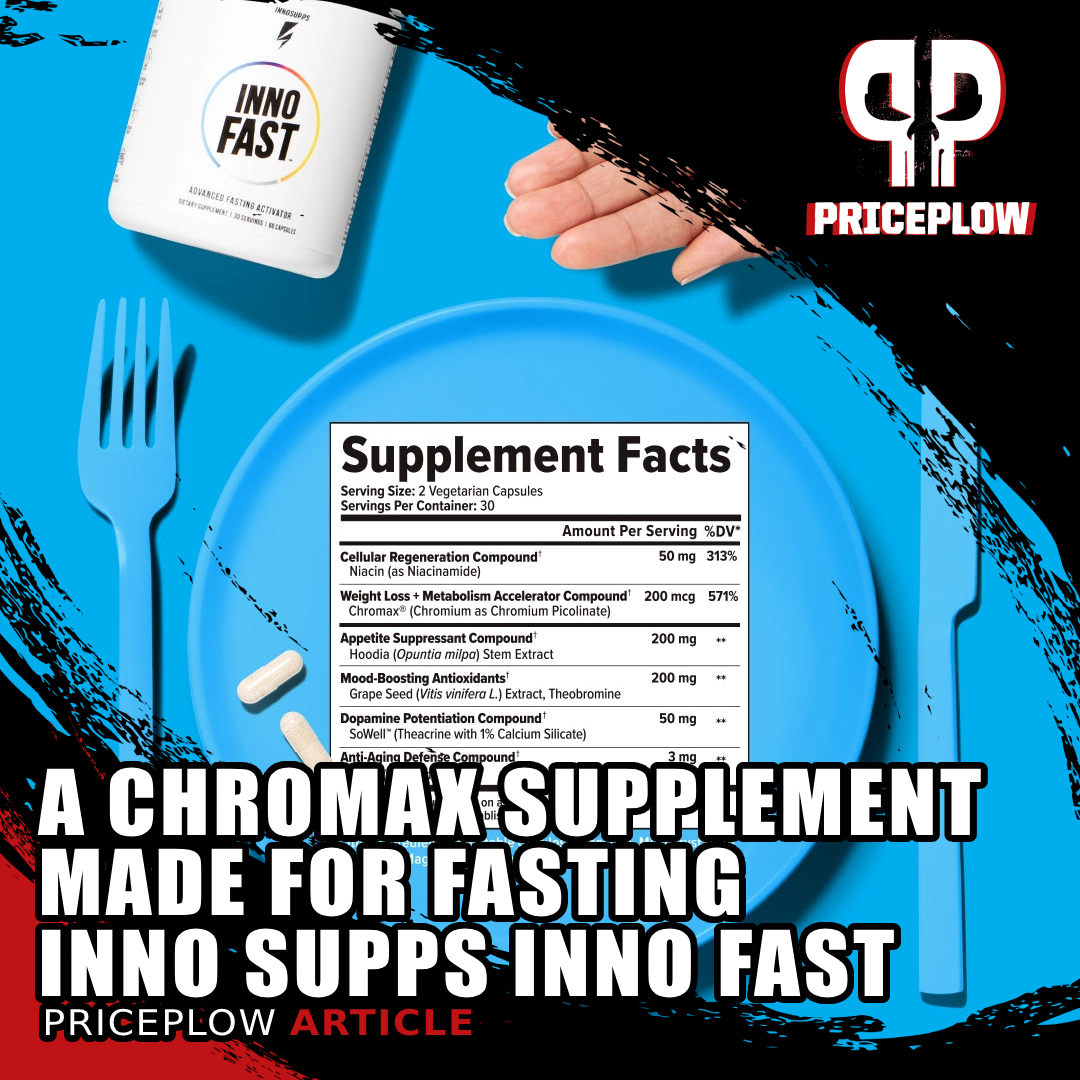
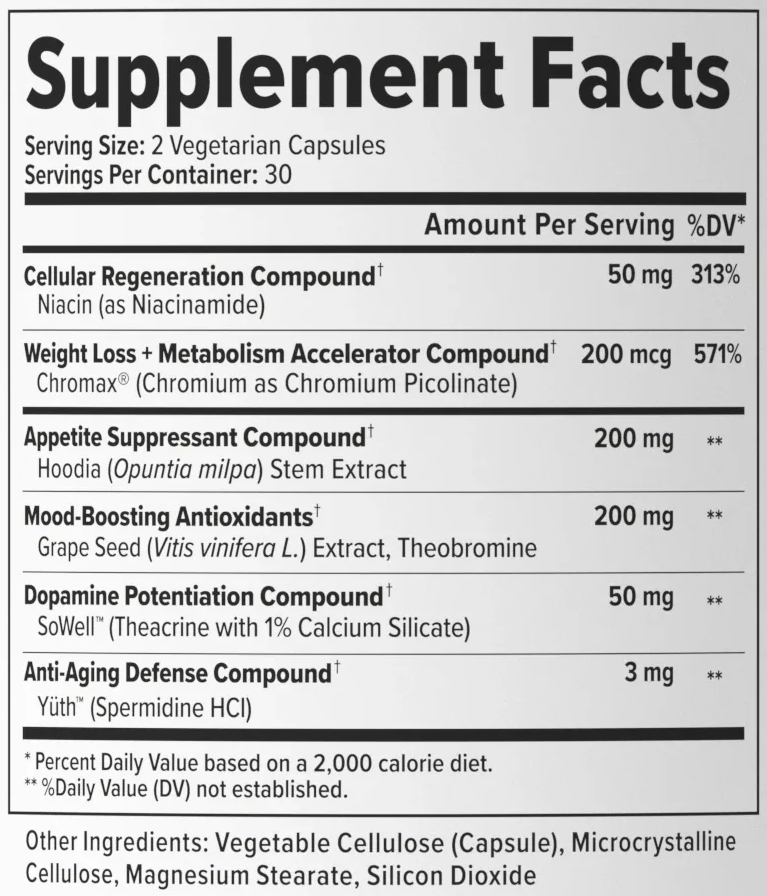
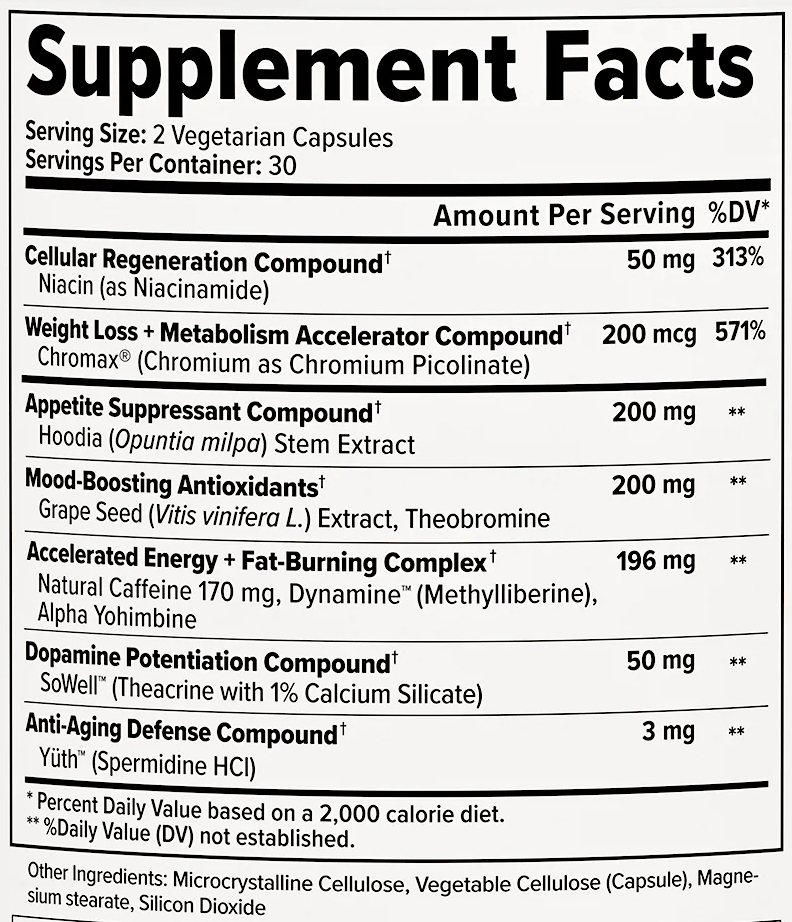
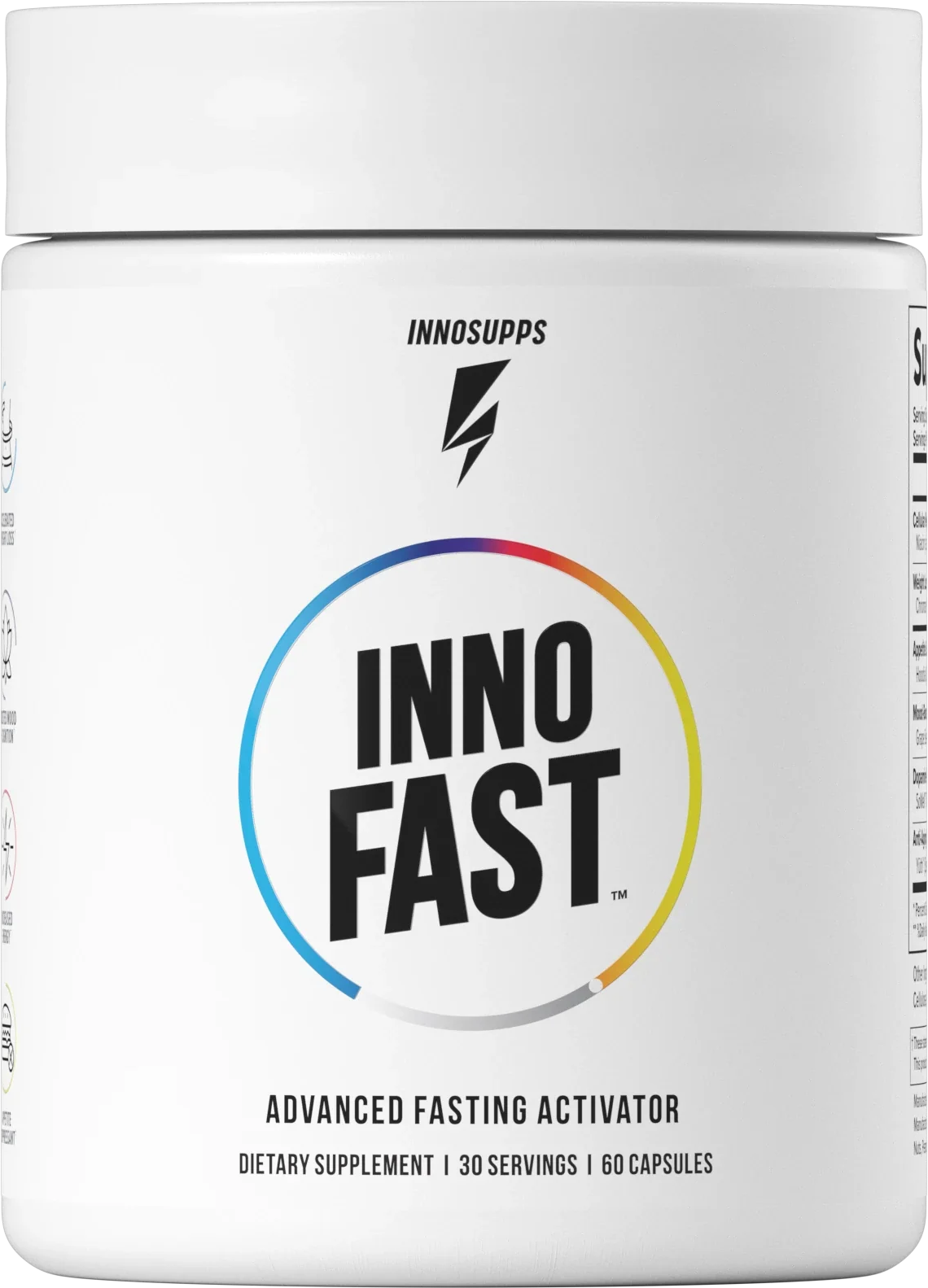
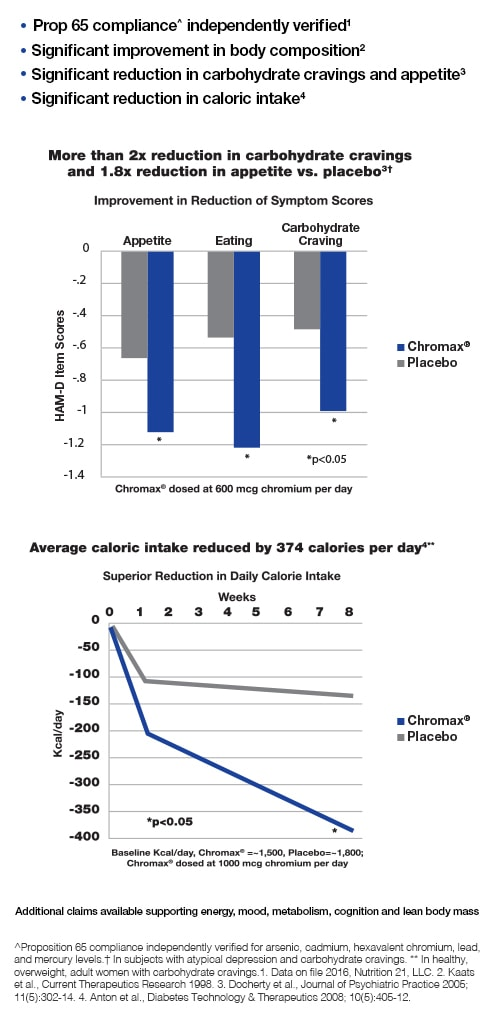
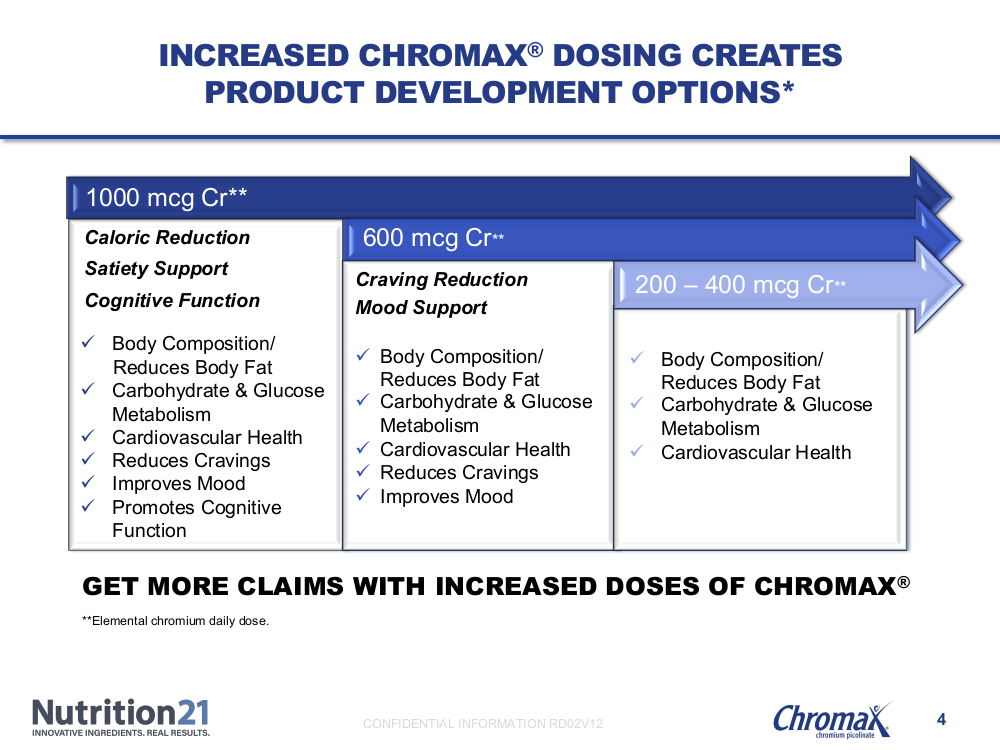
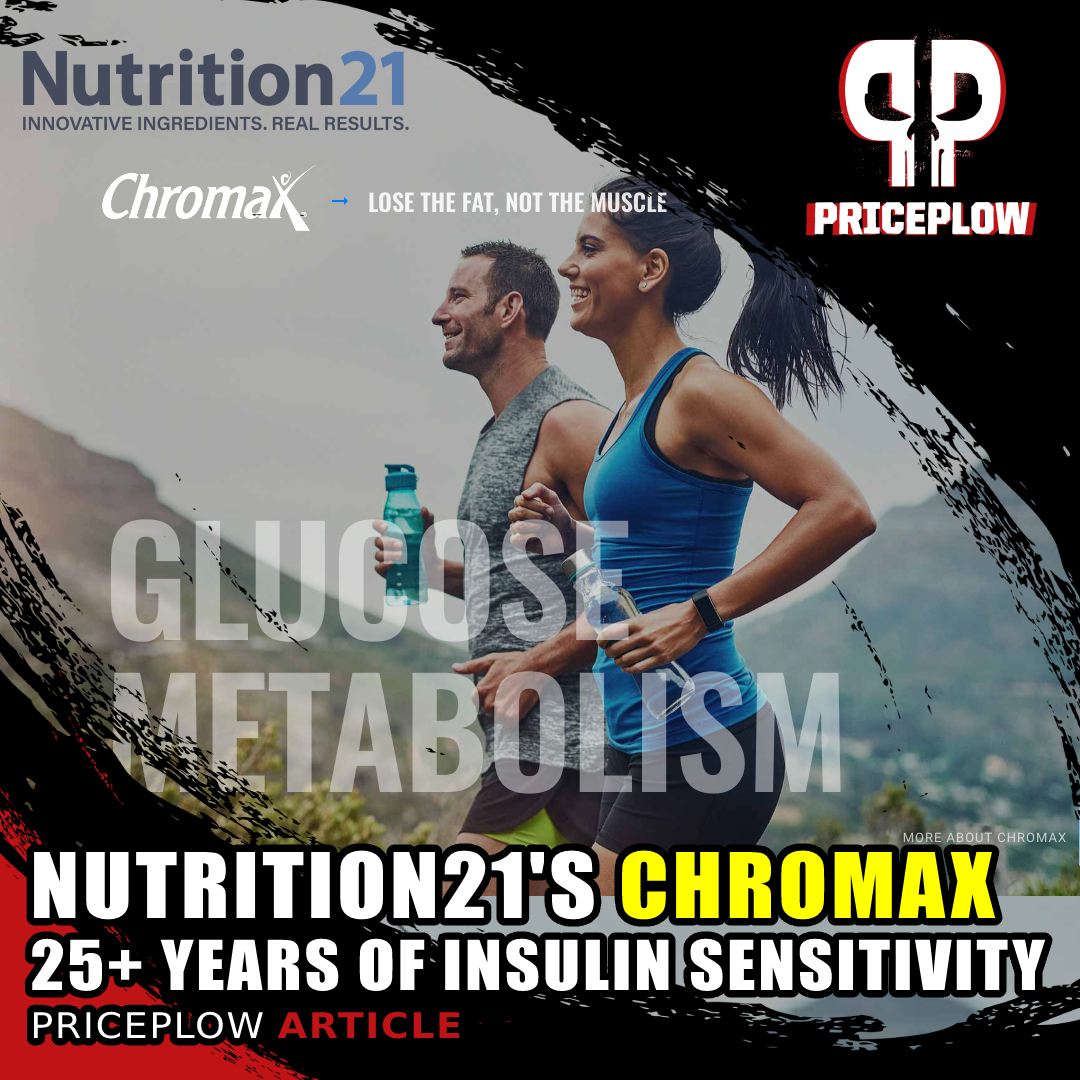
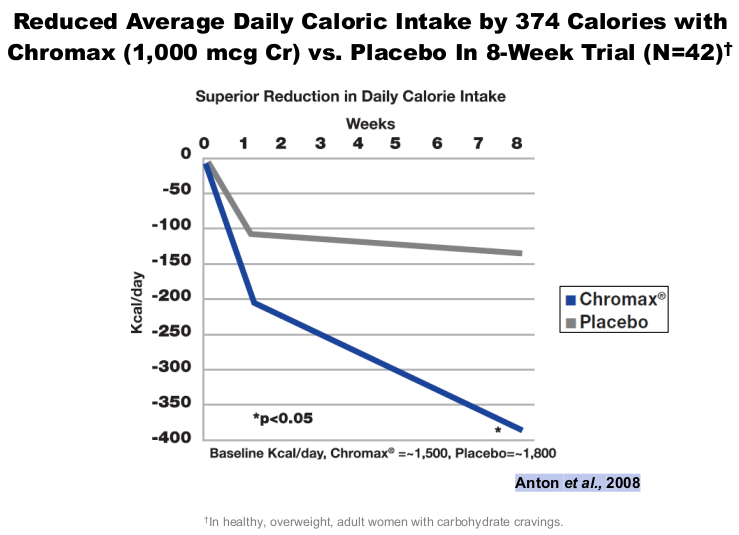
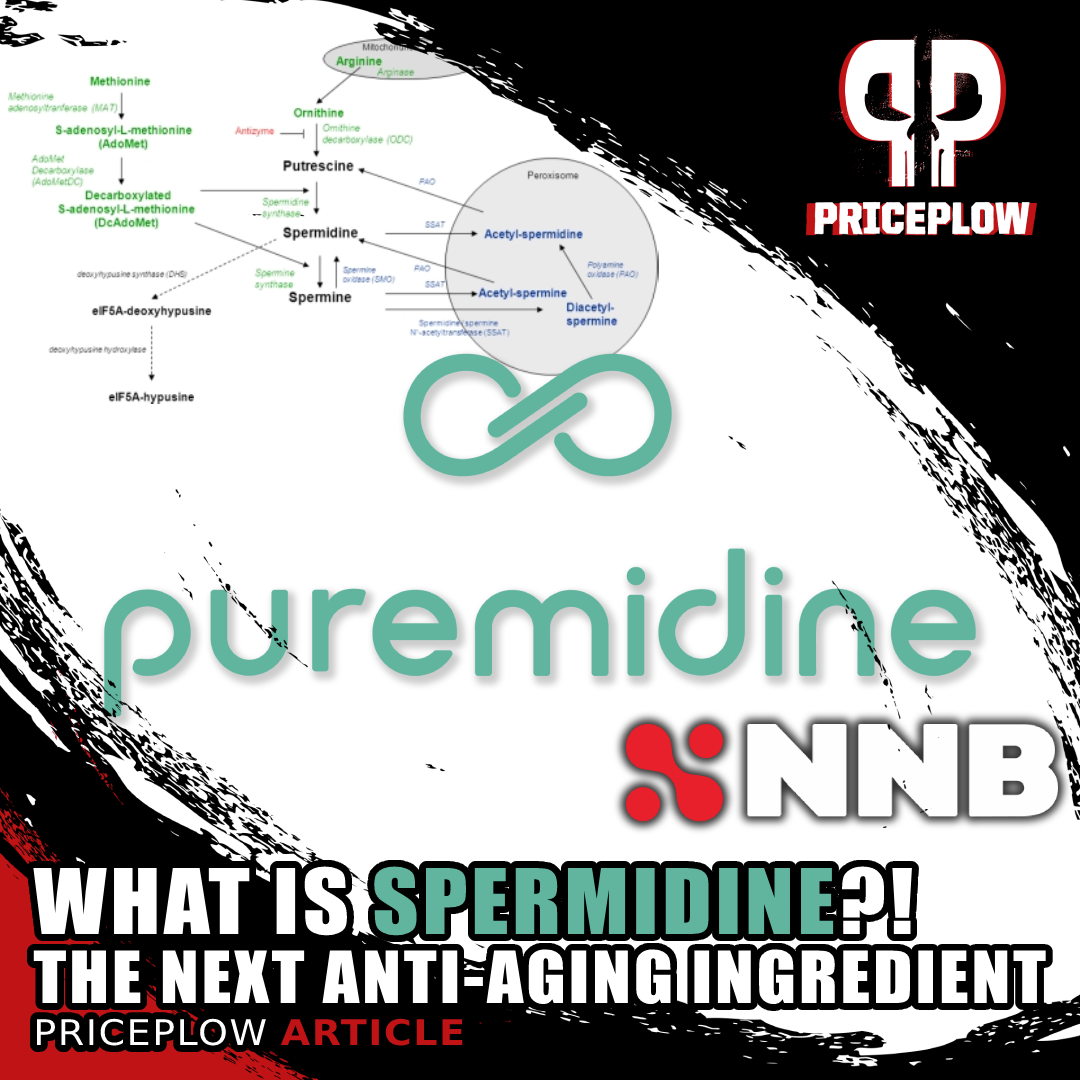
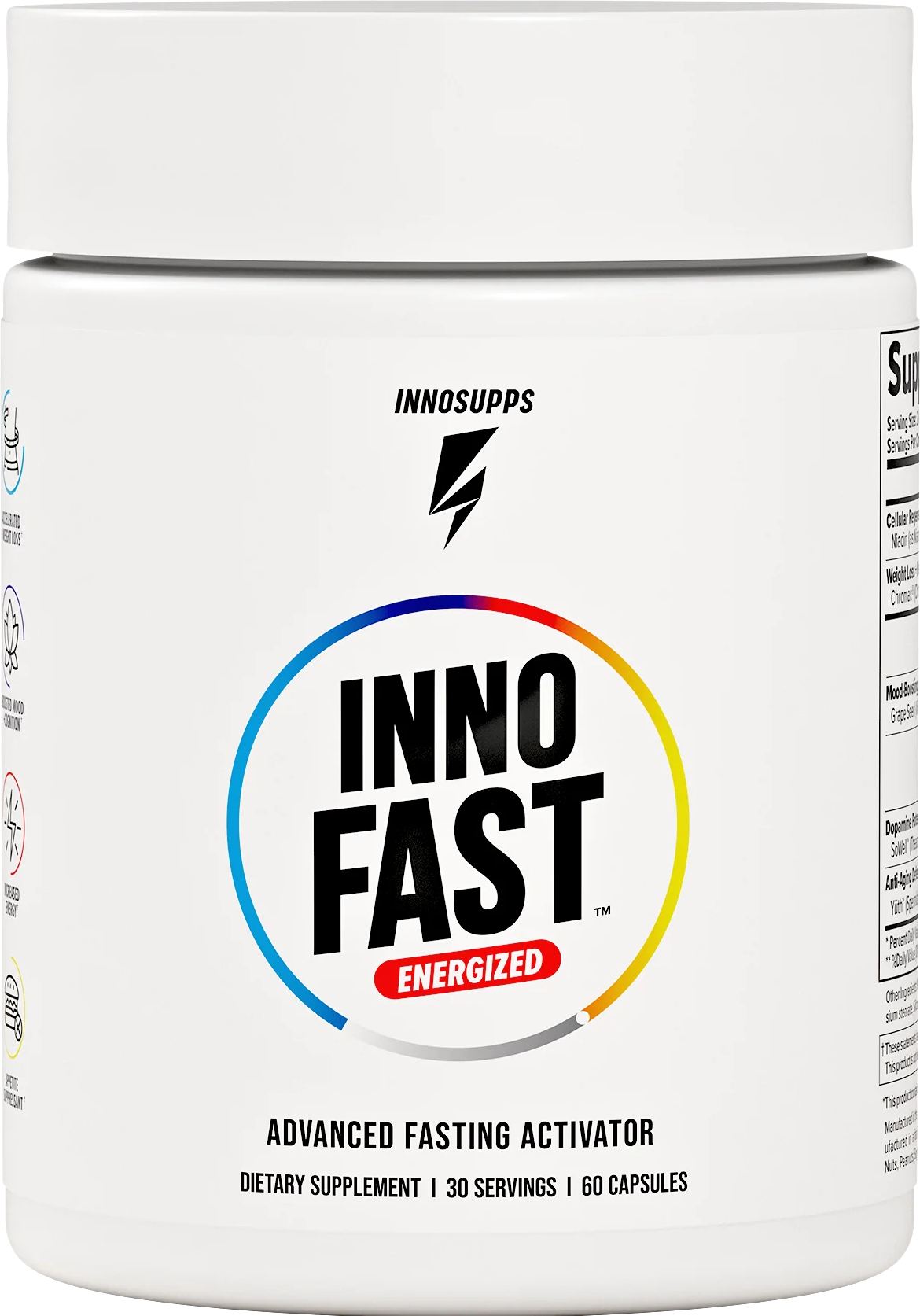


Comments and Discussion (Powered by the PricePlow Forum)